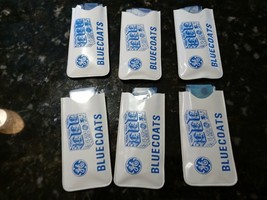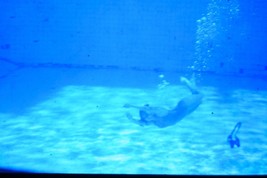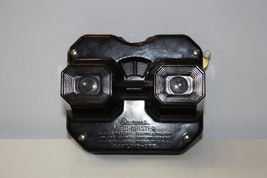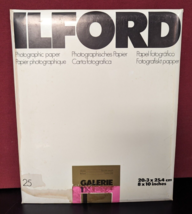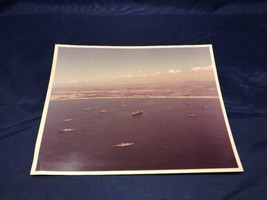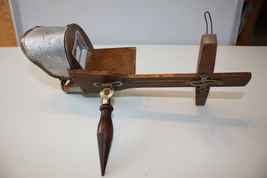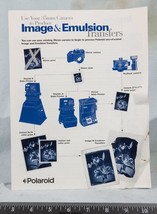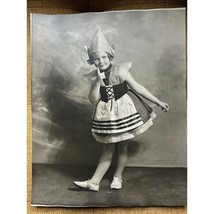Vtg Photography Kodak Prinz Film Case Leudi and 50 similar items
VTG PHOTOGRAPHY KODAK PRINZ FILM CASE LEUDI GERMAN CINE METER MOVIE PHOTO LENS
£20.80 GBP
View full item details »
Shipping options
Offer policy
OBO - Seller accepts offers on this item.
Details
Return policy
Purchase protection
Payment options
PayPal accepted
PayPal Credit accepted
Venmo accepted
PayPal, MasterCard, Visa, Discover, and American Express accepted
Maestro accepted
Amazon Pay accepted
Nuvei accepted
View full item details »
Shipping options
Offer policy
OBO - Seller accepts offers on this item.
Details
Return policy
Purchase protection
Payment options
PayPal accepted
PayPal Credit accepted
Venmo accepted
PayPal, MasterCard, Visa, Discover, and American Express accepted
Maestro accepted
Amazon Pay accepted
Nuvei accepted
Item traits
| Category: | |
|---|---|
| Quantity Available: |
Only one in stock, order soon |
| Condition: |
Unspecified by seller, may be new. |
| UPC: |
Does not apply |
| Country/Region of Manufacture: |
United States |
| Seller Notes: |
“#saycheez” |
| Compatible Brand: |
Lot |
| Brand: |
Lot |
Listing details
| Shipping discount: |
Shipping weights of all items added together for savings. |
|---|---|
| Posted for sale: |
More than a week ago |
| Item number: |
1182307816 |
Item description
VTG PHOTOGRAPHY PRINZ 35mm FILM CASE LEUDI GERMAN CINE LIGHT METER BAKELITE LENS
GREETINGS, FEEL FREE
TO
"SHOP NAKED."
We deal in items we believe others will enjoy and want to purchase.
We are not experts.
We welcome any comments, questions, or concerns.
WE ARE TARGETING A GLOBAL MARKET PLACE.
Thanks in advance for your patronage.
Please Be sure to add WDG to your favorites list!
NOW FOR YOUR VIEWING PLEASURE?
VINTAGE PHOTOGRAPHY LOT
(7) SEVEN PIECES
(1) PRINZ
DOUBLE CANE CANNISTER
35mm FILM CASE
BELT HOOK
(1) LEUDI
WEST GERMANY
CINE LIGHT METER
EXPOSURE GAUGE
IN ORIGINAL ORANGE CASE
(1) KODAK LENS CASE
SCRATHED ON SURFACE
MEASURES ABOUT 54mm
(1) BAKELITE LENS CASE
HALLMARK
"MTM" OR "WTW"
MEASURES ABOUT 45mm
(1) KODAK ADAPTER RING
SERIES 4
SCREW IN
NO. 46
BOX AND CARRYING CASE ONLY
NO RING
SOLD FROM THE "SNAP SHOP"
ORIGINAL SALES STICKER $1.50
(1) KODAK
LENS CARRIER
42mm
(1) SOLIGOR
MADE IN JAPAN
WITH ORIGINAL ZIPPER CASE
"AUTO"
EXPOSURE METER
NECK STRAP
TAKE ONE OR ALL
-----------------------
FYI
Photography is the process, activity and art of creating still or moving pictures by recording radiation on a radiation-sensitive medium, such as a photographic film, or electronic image sensors. Photography uses foremost radiation in the UV, visible and near-IR spectrum. For common purposes the term light is used instead of radiation. Light reflected or emitted from objects form a real image on a light sensitive area (film or plate) or a FPA pixel array sensor by means of a pin hole or lens in a device known as a camera during a timed exposure. The result on film or plate is a latent image, subsequently developed into a visual image (negative or diapositive). An image on paper base is known as a print. The result on the FPA pixel array sensor is an electrical charge at each pixel which is electronically processed and stored in a computer (raster)-image file for subsequent display or processing. Photography has many uses for business, science, manufacturing (f.i. Photolithography), art, and recreational purposes.
As far as can be ascertained, it was Sir John Herschel in a lecture before the Royal Society of London, on March 14, 1839 who made the word "photography" known to the whole world. But in an article published on February 25 of the same year in a german newspaper called the Vossische Zeitung, Johann von Maedler, a Berlin astronomer, used the word photography already. The word photography is based on the Greek ??? (photos) "light" and ????? (graphe) "representation by means of lines" or "drawing", together meaning "drawing with light".
The camera or camera obscura is the image-forming device, and photographic film or a silicon electronic image sensor is the sensing medium. The respective recording medium can be the film itself, or a digital electronic or magnetic memory.
Photographers control the camera and lens to "expose" the light recording material (such as film) to the required amount of light to form a "latent image" (on film) or "raw file" (in digital cameras) which, after appropriate processing, is converted to a usable image. Digital cameras use an electronic image sensor based on light-sensitive electronics such as charge-coupled device (CCD) or complementary metal-oxide-semiconductor (CMOS) technology. The resulting digital image is stored electronically, but can be reproduced on paper or film.
The movie camera is a type of photographic camera which takes a rapid sequence of photographs on strips of film. In contrast to a still camera, which captures a single snapshot at a time, the movie camera takes a series of images, each called a "frame". This is accomplished through an intermittent mechanism. The frames are later played back in a movie projector at a specific speed, called the "frame rate" (number of frames per second). While viewing, a person's eyes and brain merge the separate pictures together to create the illusion of motion.
Photography is the result of combining several technical discoveries. Long before the first photographs were made, Chinese philosopher Mo Di and Greek mathematicians Aristotle and Euclid described a pinhole camera in the 5th and 4th centuries BC. In the 6th century CE, Byzantine mathematician Anthemius of Tralles used a type of camera obscura in his experiments, Ibn al-Haytham (Alhazen) (965?1040) studied the camera obscura and pinhole camera, Albertus Magnus (1193?1280) discovered silver nitrate, and Georges Fabricius (1516?1571) discovered silver chloride. Daniele Barbaro described a diaphragm in 1568. Wilhelm Homberg described how light darkened some chemicals (photochemical effect) in 1694. The fiction book Giphantie, published in 1760, by French author Tiphaigne de la Roche, described what can be interpreted as photography.
Invented in the first decades of the 19th century, photography (by way of the camera) seemed able to capture more detail and information than traditional mediums, such as painting and sculpting. Photography as a usable process goes back to the 1820s with the development of chemical photography. The first permanent photoetching was an image produced in 1822 by the French inventor Nicephore Niepce, but it was destroyed by a later attempt to duplicate it. Niepce was successful again in 1825. He made the first permanent photograph from nature with a camera obscura in 1826. However, because his photographs took so long to expose (8 hours), he sought to find a new process. Working in conjunction with Louis Daguerre, they experimented with silver compounds based on a Johann Heinrich Schultz discovery in 1816 that a silver and chalk mixture darkens when exposed to light. Niepce died in 1833, but Daguerre continued the work, eventually culminating with the development of the daguerreotype in 1837. Daguerre took the first ever photo of a person in 1839 when, while taking a daguerreotype of a Paris street, a pedestrian stopped for a shoe shine, long enough to be captured by the long exposure (several minutes). Eventually, France agreed to pay Daguerre a pension for his formula, in exchange for his promise to announce his discovery to the world as the gift of France, which he did in 1839.
---------------------------
Thanks for choosing this sale. You may email for alternate payment arrangements. We combine shipping. Please pay promptly after the auction. The item will be shipped upon receipt of funds. WE ARE GOING GREEN, SO WE DO SOMETIMES USE CLEAN RECYCLED MATERIALS TO SHIP.
(description exceeds maximum possible length)
|
Why are we showing these items?
Search Results
Category "Other"
Compatible Brand
Compatible Brand
Country/Region of Manufacture
Country/Region of Manufacture
Brand
|

-
Refine your browsing experience
We can show you more items that are exactly like the original item, or we can show you items that are similar in spirit. By default we show you a mix.
This item has been added to your cart
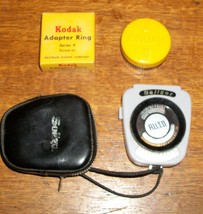 VTG PHOTOGRAPHY KODAK PRINZ FILM CASE LEUDI GERMAN CINE METER MOVIE PHOTO LENS added to cart.
Only one available in stock
VTG PHOTOGRAPHY KODAK PRINZ FILM CASE LEUDI GERMAN CINE METER MOVIE PHOTO LENS added to cart.
Only one available in stock
View Cart or continue shopping.
 Please wait while we finish adding this item to your cart.
Please wait while we finish adding this item to your cart.
Get an item reminder
We'll email you a link to your item now and follow up with a single reminder (if you'd like one). That's it! No spam, no hassle.
Already have an account?
Log in and add this item to your wish list.




























